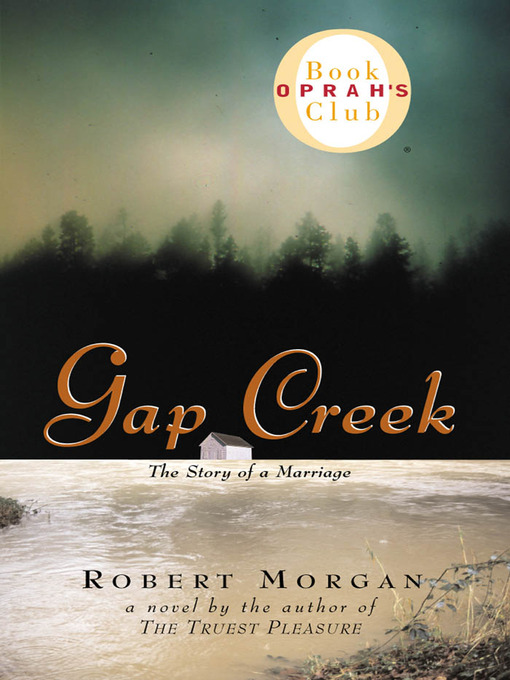There is a most unusual woman living in Gap Creek. Julie Harmon works hard, "hard as a man," they say, so hard that at times she's not sure she can stop. People depend on her to slaughter the hogs and nurse the dying. People are weak, and there is so much to do. She is just a teenager when her little brother dies in her arms. That same year she marries and moves down into the valley where floods and fire and visions visit themselves on her, and con men and drunks and lawyers come calling.
Julie and her husband discover that the modern world is complex and that it grinds ever on without pause or concern for their hard work. To survive, they must find out whether love can keep chaos and madness at bay.
Robert Morgan's latest novel, Gap Creek, returns his readers to the vivid world of the Appalachian high country. Julie and Hank's new life in the valley of Gap Creek in the last years of the nineteenth century is more complicated than the couple ever imagined. Sometimes it's hard to tell what to fear most-the fires and floods or the flesh-and-blood grifters, drunks, and busybodies who insinuate themselves into their new lives. Their struggles with nature, with work, with the changing century, and with their disappointments and triumphs make this a riveting follow-up to Morgan's acclaimed novel, The Truest Pleasure.

